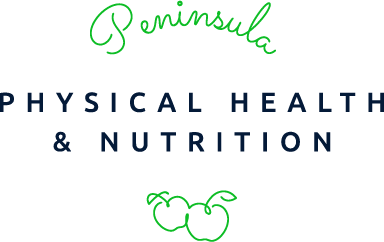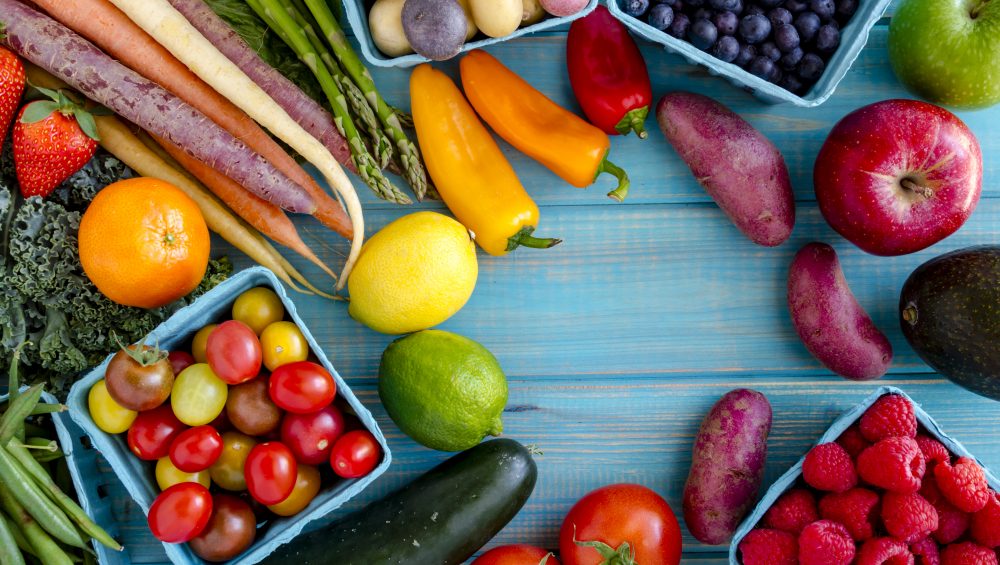Plant-based food benefits for weight loss
Most weight loss programs that focus on increasing plant based foods often have very successful results. Many of these foods, including fresh fruit and vegetables, are very low in calories allowing individuals to achieve the caloric restriction they require, without necessarily reducing total food volume.
Plant-based foods are also an excellent source of dietary fibre. When digested, certain fibres can bind with water to create a gel, which helps slow down the time it takes for food to pass through the body. This can also decrease the rate of glucose (sugar) absorption and may blunt the response of insulin. As a result, this can contribute to a greater sense of fullness while eating and increase satiety between meals, thus hopefully preventing overeating. Studies have found that diets high in dietary fiber are also typically lower in fat and energy density, both of which are helpful for preventing weight gain.
Furthermore, plant-based foods are an important prebiotic (food) for the healthy bacteria that live in our gut. By increasing the amount of prebiotic plant based foods in our diets, we may be able to favorably alter our intestinal microflora. Recent studies indicate that intestinal microorganisms play an important function in maintaining a healthy body weight and can determine the amount of calories a person may absorb from the food they eat.
Helpful tips to increasing plant-based foods in our diet include:
- Snacking on raw vegetables in between meals. You could include a low fat dip such as salsa, beetroot, tzatziki or hommus.
- Making sure at least half of your plate contains vegetables or salads.
- If you can’t change the recipe to include more vegetables then have a smaller portion and serve with a side plate of salad or veggies.
- Think of different ways to have your veggies to keep them interesting eg. Salads, roasted, stir-fried, veggie dips, soups, juices.
- Add legumes and beans to your salads for extra fibre and low GI carbohydrate source.
-
Slavin J., Green H. Dietary fibre and satiety. Bull. 2007;32:32–42.
-
See comment in PubMed Commons belowBarczynska R, Bandurska K, Slizewska K, Litwin M, Szalecki M, Libudzisz Z, et al. Intestinal Microbiota, Obesity and Prebiotics. Pol J Microbiol. 2015;64(2):93-100.





